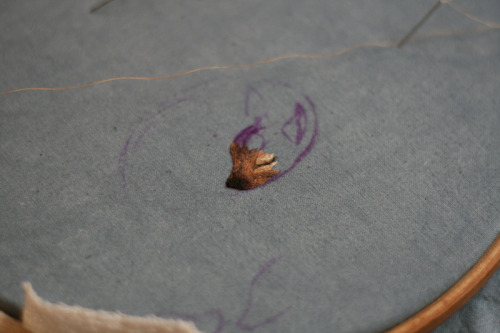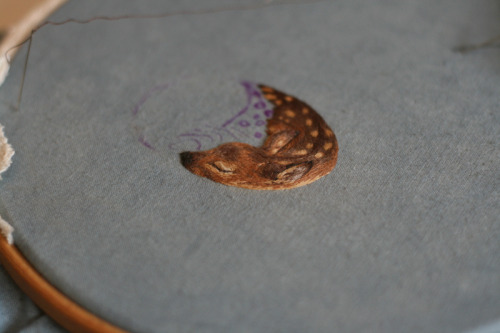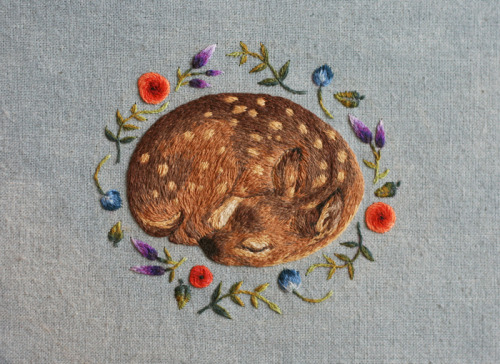Sugarvsbitter - Gone&Came

More Posts from Sugarvsbitter and Others


The Horsehead Nebula by TylerCreatesWorlds (Deviantart)
outvade

💦 ¦¦ أسماء المطر ودرجاته عند العرب ¦¦
والرَّذاذ : السَّاكن الصَّغير القطر كالغبار
والطَّلُّ : أخفُّ المطر وأضعفه
الرَّشّ والطَّشّ : أول المطر
والدِّيمة : المطر الذي يدوم أياماً في سكون بلا رعد وبرق
والمُزْنَة : المطْرة
والنَّضْح والبَغْش والدَّثُ والرَّكّ والرِّهْمَة : أقوى من الرذاذ
والهَطْل والتَّهْتَان : المطر الغزير السُّقوط
والغَيْث : الذي يأتي عند الحاجة إليه
والحَيا : الذي يُحيي الأرض بعد موتها
العُباب : المطر الكثير
والوابِل والصَّنْدِيْد والجَوْد : المطر الضَّخم القطر الشَّديد الوقع
والوَدْق : المطر المستمر
وحَبُّ المُزن وحبُّ الغَمَام : البَرَد .
الحميم : المطر الصيفي العظيم القطر والشديد الوقع
الوليّ : المطر بعد المطر.

إنما أنا أخاف نفسي … أخاف خيالي وما ينسج لي من صور
د. أحمد خالد توفيق (via mjcodez)
What’s Up for September?

Stargazing and looking up into the night sky is always a fun thing to do. This month, it will be especially exciting because there will be a total eclipse of a supermoon, plus the opportunity to see planets and the late-summer Milky Way!
What is a supermoon?

A supermoon is a new or full moon that occurs when it is at, or near its closest approach to Earth in a given orbit. There are usually 4 to 6 supermoons every year.
Observers can view the total eclipse on September 27, starting at 10:11 p.m. EDT until 11:23 p.m. This event will be visible in North and South America, as well as Europe and Africa. So make sure to mark your calendars!

This month, you will also be able to see the planets! Look for Mercury, Saturn, Pluto and Neptune in the evening sky. Uranus and Neptune at midnight, and Venus, Mars and Jupiter in the pre-dawn sky.

Finally, if you’re able to escape to a dark location, you might be able to see a great view of our Milky Way!
So, make sure to get outside this month and take a look at everything our night sky has to offer.

Make sure to follow us on Tumblr for your regular dose of space: http://nasa.tumblr.com





Illustrator Chloe Giordano

👏👏👏👍 …!



progression of a sunset over Nevada
-
 sugarvsbitter liked this · 10 years ago
sugarvsbitter liked this · 10 years ago -
 sugarvsbitter reblogged this · 10 years ago
sugarvsbitter reblogged this · 10 years ago
